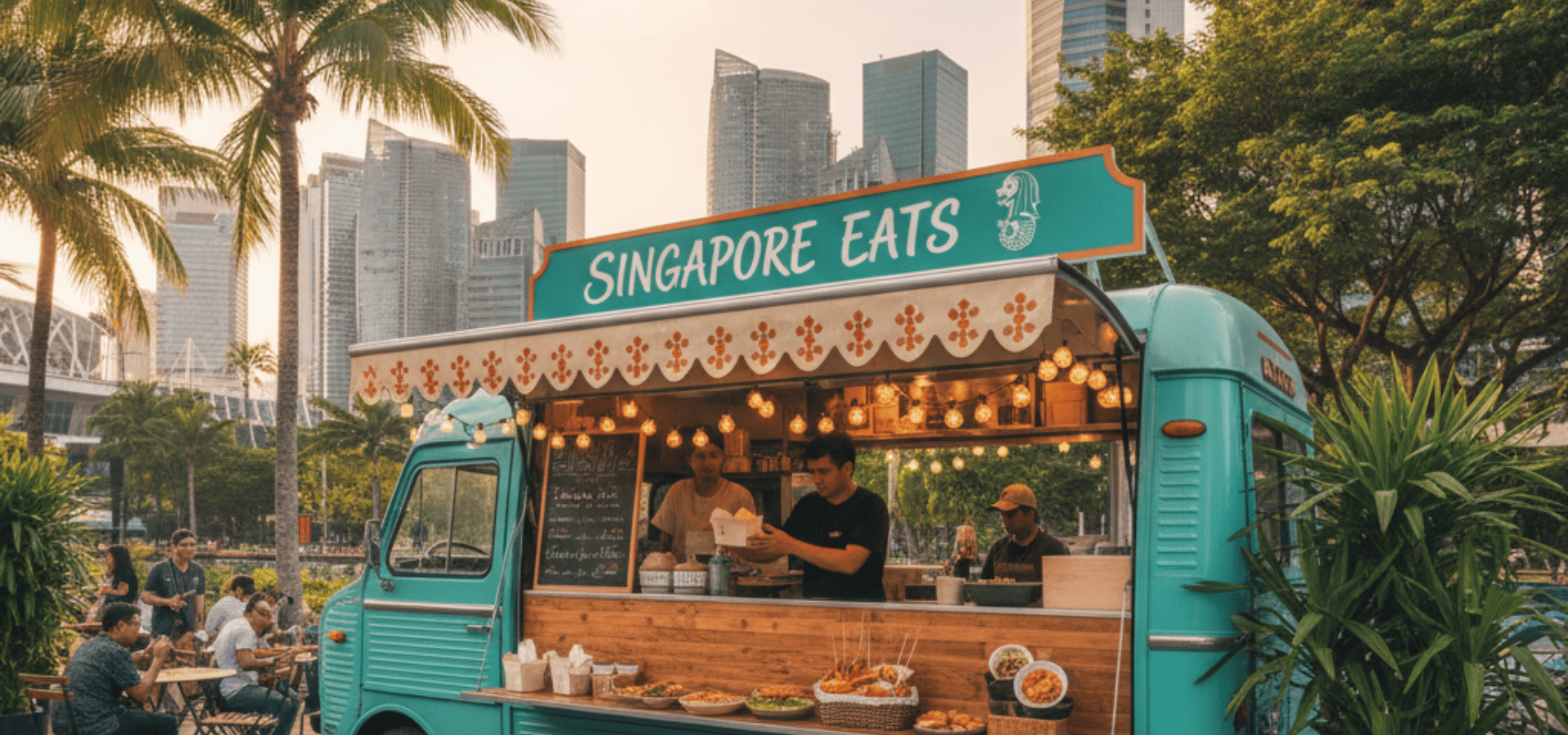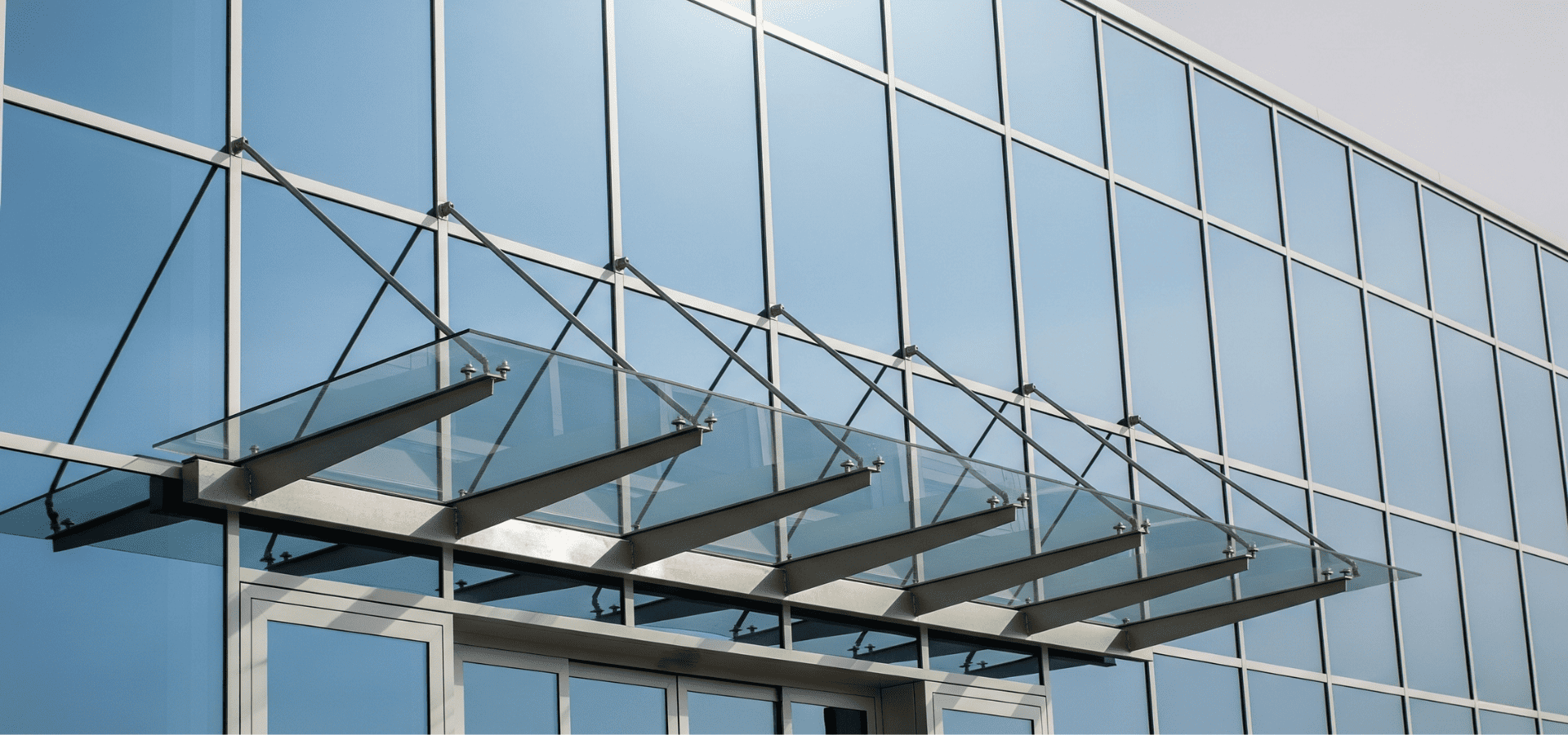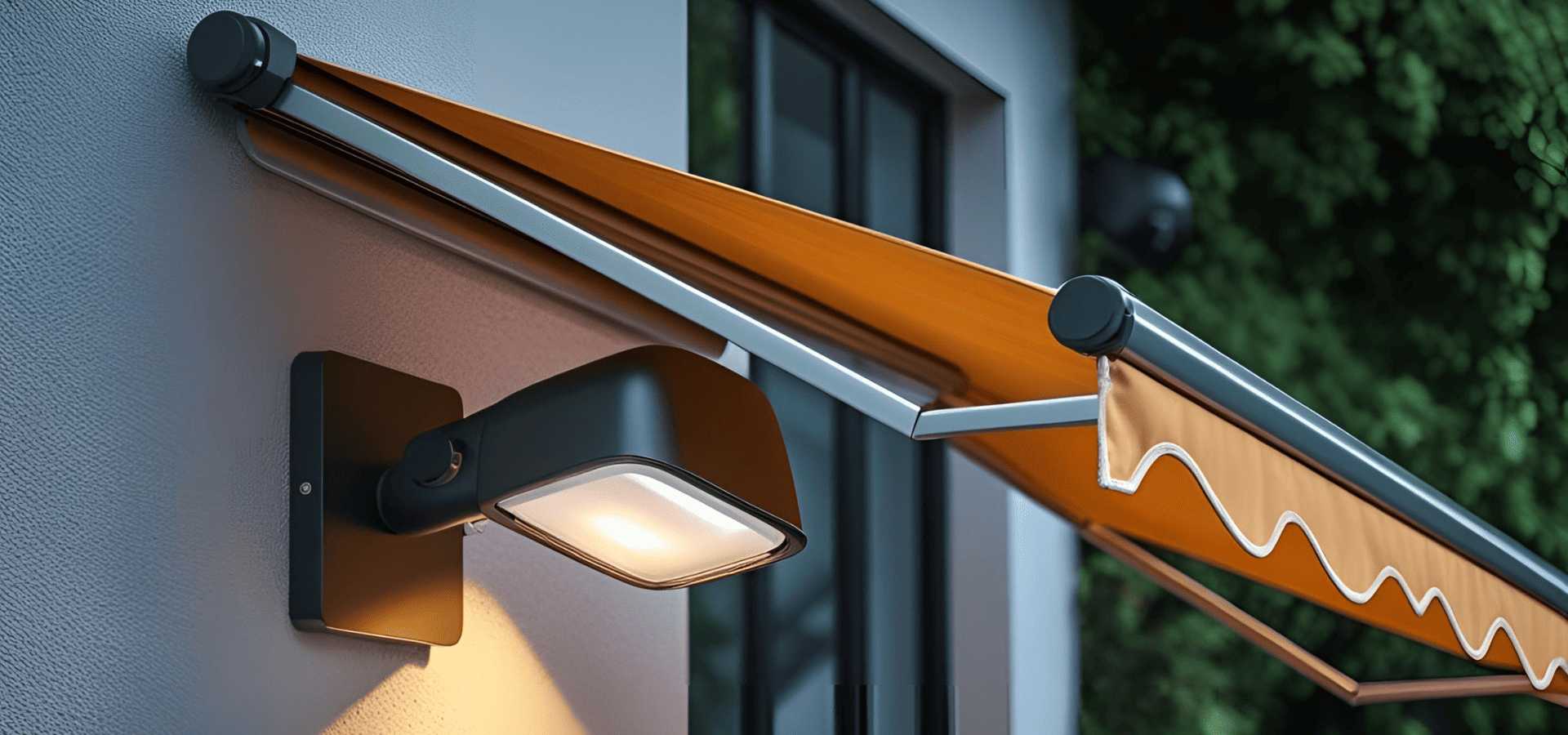Awning Lighting Solutions
Thinking of adding some lights to your awning to make it more usable and functional, but don't know what's available?
We've got you covered.
This article will go over all the awning lighting options on the market so that you'll know the options you have.
It's not as simple as just hanging up a few light bulbs or LED lights. It could be, but it's always good to look through your options before you make a decision.
Some lighting options are better suited for certain awnings, some are more energy-efficient, some give off a softer, gentler glow, and some look sleeker.
Here's what's on the market.
1. LED Strip Lights
LED strip lights are one of the most commonly used options due to their energy efficiency.
LED lights convert almost all the energy they receive into light with minimal heat loss, unlike traditional bulbs that can waste up to 90% of their energy as heat.
This means less energy is needed to achieve the same level of brightness, which translates to lower energy use and utility bills.
Furthermore, with less heat emitted, your space remains cooler, which is an extremely valuable feature to have in Singapore's hot climate.
LED lights also last at least 5-10 times longer than most other lighting options, which saves you money on replacements in the long run.
The downside is that with all these benefits, LED lights also cost 2-4 times more than other lighting options.
Considering the energy savings and lifespan though, you'll still be saving much more in the long run, so LED lights are definitely worth the larger upfront investment.
This is why most modern lighting options employ LED technology, from motion-sensor to solar-powered lights.
2. String And Fairy Lights
String lights and fairy lights give off a soft, gentle glow that brings a quiet, relaxing vibe to your space.
String lights and fairy lights are perfect for cosy evenings and casual, chill outdoor gatherings.
They're also quite cost-effective, so it won't cost much to add these charming lights to your outdoor space.
Their main drawback is that they're not very bright. The nice, relaxing ambience they create may be perfect for unwinding, but unfortunately, the lower lighting level means you won't be able to read very well or carry out other activities that require more light, such as sewing.
3. Lantern And Pendant Lights
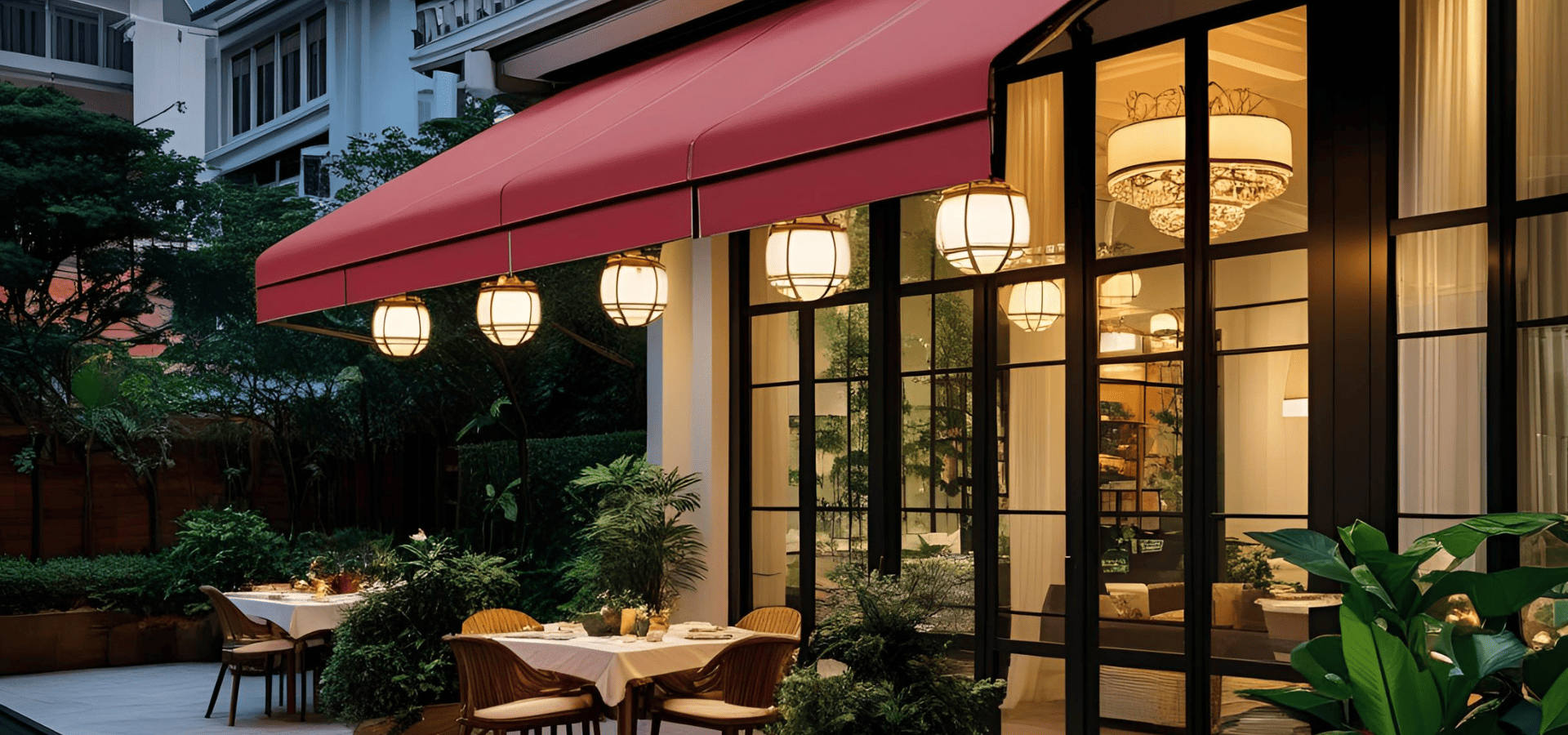
Next, lantern and pendant lights bring a different personality to your space. With lantern and pendant lights, you're creating a more classy, elegant feel.
That doesn't necessarily mean they'll look out of place outdoors. Instead, with the right designs, you'll have yourself a casual but sophisticated outdoor area.
While lantern and pendant lights can generally work well with whatever outdoor space you’re installing them at, they work especially well for outdoor dining areas.
You can also take it one step further and pair your lantern or pendant lights with a chic glass dining table set that will allow you to enjoy dinner outdoors in style.
Despite Singapore’s unbearably hot weather, there are some cooler nights when you can comfortably dine outdoors and enjoy the night breeze. On nights like that, dining outdoors can be a fun and refreshing experience.
It’s also cool to be able to host guests outdoor with a stylish, sophisticated dining table set.
There is one thing to take note of when installing lantern or pendant lights though. This isn’t a con per se, but lantern and pendant lights are heavy, so you’ll need a sturdy structure to hang them from.
As such, if your awning is a retractable one, it might not be able to support the weight of lantern or pendant lights. Even if it seems fine initially, the stress that this weight puts on the retractable awning’s supporting structure can over time cause it to sag or even collapse.
Because of this, lantern and pendant lights are best attached to fixed awnings, and even then, you should be cautious and check how much weight the stationary awning can support without buckling before installing the lights.
4. Wall-Mounted Lights And Spotlights
Next up, wall-mounted lights and spotlights aren’t strictly awning lighting solutions since they’re not installed on your awning, but they work hand-in-hand with your awning to make your outdoor space more liveable and functional.
Wall-mounted lights and spotlights are meant to target a specific, smaller area, as compared to the options above that function as ambient lighting and are meant to illuminate a larger area.
So if you find your string or fairy lights a bit too dim for more light-demanding activities, you can always install a wall-mounted light or spotlight at specific spots, eg a reading corner.
Another common way to use them is in tandem with a small awning at your front door, where you install the light just above the door to illuminate your path. In such cases, you don’t want an ambient light that shines everywhere, you just want a targeted light to light up that small area, and wall-mounted lights or spotlights are perfect for the job.
In a nutshell, wall-mounted lights and spotlights are perfect for situations where you want more targeted lighting for specific areas.
5. Solar-Powered Lights
Solar-powered awning lights absorb energy in the day and light up at night, significantly reducing or even completely eliminating the need for additional electricity.
This not only saves you money, but is also healthier for the environment.
The catch is that it depends heavily on sunlight levels during the day. If it was a rainy or cloudy day, it might still have to depend on electricity to function at night.
Still, given Singapore’s generally sunny weather, it should be able to absorb enough sunlight on most days to keep itself illuminated at night. And even on days when it’s only able to sustain itself for awhile at night, that’s still better than completely depending on electricity like a non-solar light.
If you’re wondering how your solar light is able to get any sunlight at all when it’s installed under your awning, the answer is that it doesn’t. The light fixture itself doesn’t actually get any sunlight when it’s under your awning, but its solar panel will.
Solar-powered awning lights separate the solar panel and the light unit, so that the panel can be installed on top of your awning or anywhere else where it can get sunlight, while the light fixture remains below the awning.
This way, the light fixture can stay where it’s needed and light up your outdoor space while still getting the energy it needs from the solar panel above.
6. Motion Sensor Lights
Lastly, this one should be pretty self-explanatory. Motion sensor lights turn on when there’s motion.
They’re meant to be used in situations where light is only needed when someone is present, such as at the awning that’s installed above your front door or near staircase steps.
One of the biggest draws of motion sensor lights is that they’re extremely energy-efficient since they only turn on when they’re actually needed, so they’ll help keep your energy consumption and utility costs down.
Motion sensor lights only operate when they detect movement though, and are only meant to stay on for a certain amount of time, so they’ll automatically switch off after that set amount of time if no movement is detected.
As such, they’re not suitable for cases where you need the light to stay on for extended periods of time, such as for your outdoor space when there are people using it, or even when you want to read a book in your reading corner.
Final Tips
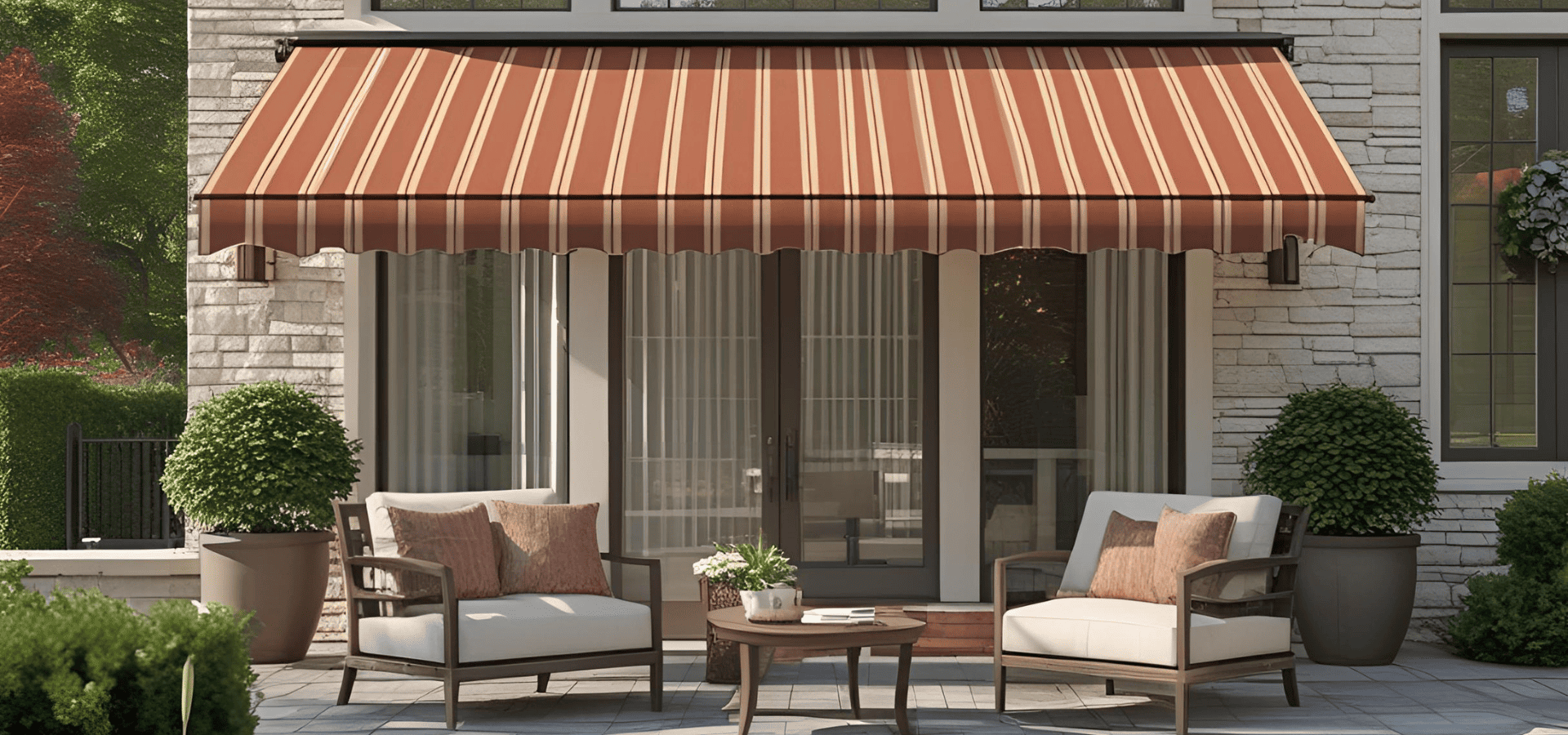
We included the main types of awning lights, but there are of course a ton of other less important and less commonly used ones, such as curtain fairy lights or puck lights.
We didn't include those since they wouldn't be useful for most people, but feel free to explore those at your own time.
Either way, since your lights will be outdoors, dust and dirt will build up faster. To prevent dust, algae, and moisture from building up, you need to wipe down your fixtures regularly.
This step will be crucial to keep your awning in good health, so don't neglect this part.
And if you're purchasing awning lights to use for your business, make sure to choose commercial-grade lights.
When you're using lights in a commercial setting, they'll usually be turned on for longer periods of time at once, sometimes even throughout the night, or even during the day.
They also typically need to light up a larger space, so they'll need to burn brighter, which wears out the internal components quicker.
Taking all these into account, commercial-grade lights need to be much more durable than residential lights, or you'll end up having to replace them frequently.
Lastly, note that the lights in the list aren't mutually exclusive. This means that a pendant light can be an LED light (and most are), as well as motion sensor and solar-powered at the same time.
So if you're big on environmental friendliness or just want to keep your energy bills down, you can definitely have a solar-powered, motion sensor, LED wall-mounted light, spotlight, and any other combination that you prefer.
Many people just opt for ambient LED strip lights because it’s a straightforward choice to light up their entire space, and that's not wrong, but taking a bit of time to find the best combination can truly bring out your space's beauty.
Have fun choosing your awning lights!
